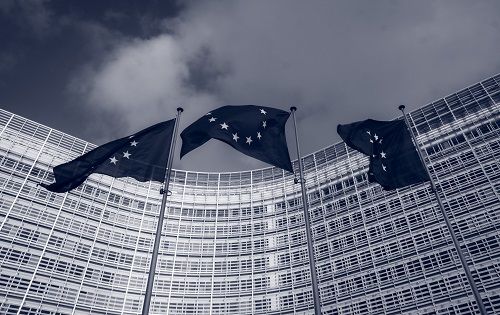The EU's taxonomy is designed to name good and bad, provide investors with a framework for sustainable investments, and direct more money into sustainable technologies and companies. The rules have just been further developed, with new environmental targets and additional economic sectors included. "The EU taxonomy has thus taken a step forward, but it lags a few years behind the industries that are already operating sustainably", says Markus W. Voigt, CEO of aream Group. "Investors are being unsettled rather than directed in some places."
Renewable energy companies in particular have been meeting the requirements that have just been specified for years. "In building applications as well as in operating permits, the additional environmental targets that have now been newly introduced are generally already reflected," says Voigt. "The required transparency has also been created for years."
For institutional investors in particular, it is crucial to know that their plants will continue to meet the requirements of the EU taxonomy in the coming years. "In the field of renewable energies, i.e. wind, hydro and solar plants or even storage solutions, we are talking about investment periods of between 15 and 30 years", says Voigt. "So it is indispensable that the plants are optimally positioned accordingly."
Years of experience are a big advantage here. "The industry has done its homework", says Voigt. "Even though new technologies are still being added to improve operations and further contribute to climate goals, a very high level has already been achieved." It's much more difficult with newly added economic activities, such as aviation. "Transitional solutions apply here, which do allow investment in the sector if companies meet certain, rather low requirements", Voigt says. "Ultimately, however, it is clear that the investment period here is very tightly limited." Technological development should make these investments unnecessary.
"But if an investment idea is only to be considered sustainable for a transitional period, many investors don't take it up in the first place", Voigt says. "Otherwise, many investors would rightly ask whether it's not just a veiled opportunity for greenwashing." Here, the new regulations do more to create uncertainty than to steer. The production of electricity from renewables is already classified as an environmentally sustainable economic activity. "In this respect, the industry is already making a contribution to climate protection and adaptation to climate change from the outset, as required by the Commission", Voigt said.
In addition to the two environmental goals already required by the EU years ago, namely climate protection and adaptation to climate change, the four other goals are already being actively taken into account. The sustainable use and protection of water and marine resources, the transition to a circular economy, the prevention and control of environmental pollution, and the protection and restoration of biodiversity and ecosystems have long been part of the permits for all projects.
PRESSEKONTAKT:
Leandra Kiebach
T: +49 (0)211 30 20 60 4-2
E: lk@aream.de

